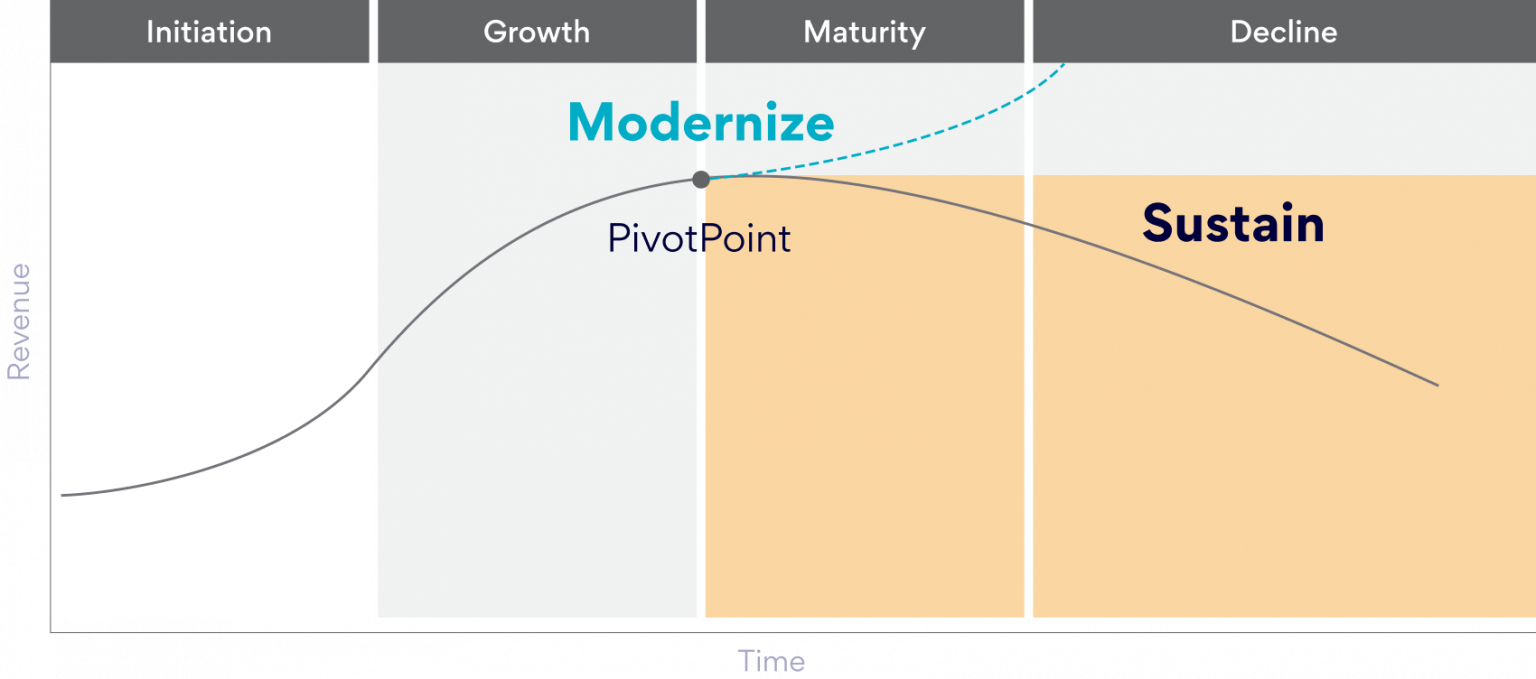Software developers with valuable legacy products or portfolios are pondering over a question that has massive implications on their business.
When is the right time to modernize a legacy software product?
Software modernization aligns legacy software codebase with today’s business needs and environments in one of three following ways:
- Refactoring: Transforming the aging, unwieldy code into a simple, easy-to-read-and-maintain code
- Rearchitecting: Examining the existing codebase, determining its quality and fitness for future use, and fundamentally rebuilding it to ensure future value
- Replacing: Eliminating legacy code and rewriting it from scratch to fit current and future needs
Software modernization minimizes the in-house server footprint and the costs that come with it while making these expenditures more predictable. More importantly, it enables a highly scalable and always-on IT ecosystem that allows organizations to focus on their core business and launch new and innovative products, instead of being distracted by IT-related issues and limitations.
Finding the right moment to modernize
Software products follow the lifecycle as any other product, beginning with initiation and growth through maturity and into decline and obsolescence. The real challenge is understanding when a software product enters each phase, and for how long it remains in each phase. This depends on a variety of factors, including user expectations, market fit, market externalities, and the competitive landscape—all of which are constantly changing over the course of the product’s useful life.
The most essential responsibility for product managers and developers alike, is to identify the Pivot Point—the moment when a software product transitions from the growth phase to maturity. This moment offers a unique opportunity in the product lifecycle where a modernization initiative can maximize the product’s market value, maintaining and even growing market share, revenues, and profits.
As the product enters the “sustain” part of the curve, software developers and managers need to ask an important question
Can a targeted investment be made to modernize the product and spur another growth cycle or position it for a bigger market?
If not, do you choose to simply sustain a product until you’re able to migrate users to newer product lines?

The timing is critical: Pivoting too early could mean lower return on investment (ROI) made in the pre-launch, initiation, and growth phases of the product lifecycle.
If you make the pivot too late, customers may have already abandoned the product for more modern competitors. The time for initiating a software modernization effort is when you are still on the growth curve, and you notice that the curve is flattening. If you can begin modernizing precisely when you know that a given product is about to hit maturity, you will be able to maximize your initial investment leading to highest potential ROI for your modernization effort.
Why software companies fail to act at the Pivot Point?
Even if they properly identify the Pivot Point, which is not an easy task, many software companies fail to consider modernization at that unique moment in the product lifecycle. Why? It’s often due to two common misconceptions:
- They believe modernization is an all-or-nothing, end-to-end proposition. It requires full commitment or nothing
- They assume everything needs to be accomplished at once to receive business benefits. Once again, it’s 100% or nothing at all
That’s a very high ceiling for many organizations. Thankfully, it’s not true.
Modernization has levels, each of which offers benefits. They can be addressed in a stairstep fashion to the point that it satisfies your business purpose—and passes muster with your cost-benefit analysis.
The cost-benefit analysis for software modernization
The path to modernization begins with an in-depth assessment of your specific product, balancing the costs and benefits accordingly. Product managers and developers should analyze the product across multiple dimensions, such as applications, infrastructure, costs, cloud, digital readiness, and resource allocation.
This assessment should also look across domains and business processes to identify what to eliminate, consolidate, modernize, replace, or remove, and examine the way forward to invest in the future for maximum product lifespan and value.
This cost-benefit analysis allows you to look at the situation with two outcomes in mind:
- Simply maintaining and sustaining the existing architecture with minimal operational investment
- Migrating to a new, modernized architecture that is built for long-term sustainability, requiring significant capital investment
This type of formal cost-benefit analysis will ensure that the organization moves with confidence and agility, pivoting quickly, and delivering results as quickly as possible.
Whether you’re at the beginning of your modernization journey or looking to advance to the next level of digital business, Persistent’s team of software product engineering experts stands ready to help you embrace Software Modernization.





